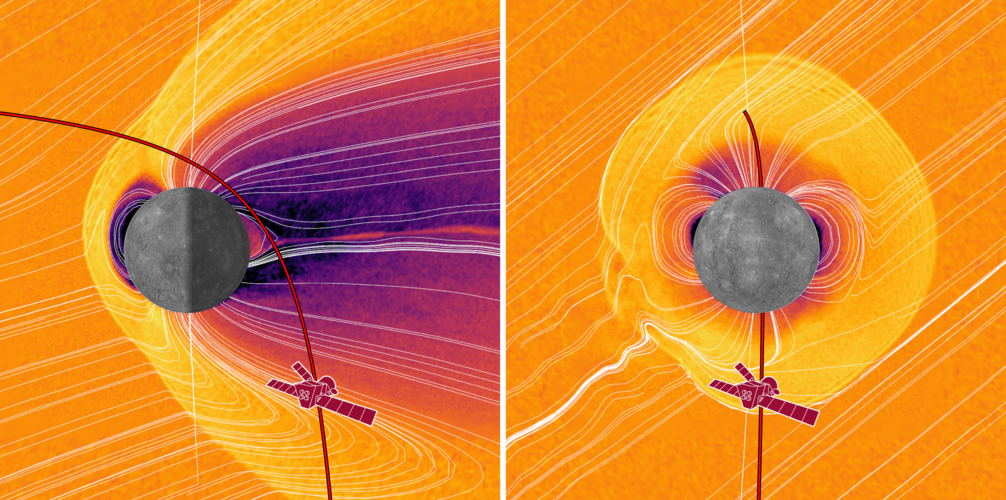Secret lab developing UK's first quantum clock: defence ministry
Tuesday, 07 January 2025 05:58 A top-secret lab in the UK is developing the country's first quantum clock to help the British military boost intelligence and reconnaissance operations, the defence ministry said Thursday.
The clock is so precise that it will lose less than one second over billions of years, "allowing scientists to measure time at an unprecedented scale," the ministry said in a statement.
"The trialling
A top-secret lab in the UK is developing the country's first quantum clock to help the British military boost intelligence and reconnaissance operations, the defence ministry said Thursday.
The clock is so precise that it will lose less than one second over billions of years, "allowing scientists to measure time at an unprecedented scale," the ministry said in a statement.
"The trialling Interstellar and Toyota forge strategic partnership
Tuesday, 07 January 2025 00:17
Japanese startup Interstellar Technologies announced a 7 billion yen ($44 million) investment Jan. 6 from Woven by Toyota, the automobile company's mobility technology arm.
AST SpaceMobile strikes spectrum deal amid Ligado Networks bankruptcy
Monday, 06 January 2025 23:42
Satellite operator AST SpaceMobile hopes to turbocharge its proposed direct-to-smartphone services with L-band spectrum from Ligado Networks, which filed for bankruptcy after GPS interference concerns derailed its terrestrial 5G plans.
China launches Shijian-25 satellite to test on-orbit refueling and mission extension technologies
Monday, 06 January 2025 21:32
Kratos wins $1.45 billion Pentagon contract for hypersonic testing
Monday, 06 January 2025 21:09
The award marks one of the Pentagon's largest-ever investments in hypersonic testing infrastructure
Relativistic electron beam could propel probe to Alpha Centauri, study suggests
Monday, 06 January 2025 20:13This request seems a bit unusual, so we need to confirm that you're human. Please press and hold the button until it turns completely green. Thank you for your cooperation!
Press and hold the button
If you believe this is an error, please contact our support team.
185.132.36.159 : 81638021-04d7-455c-9d54-b52eac6b
Sierra Space CEO departs
Monday, 06 January 2025 19:39
Sierra Space says its chief executive has retired from the company, a move that has taken many in the industry by surprise.
New rocket, new spacecraft and new moon landers on tap for 2025
Monday, 06 January 2025 15:10This request seems a bit unusual, so we need to confirm that you're human. Please press and hold the button until it turns completely green. Thank you for your cooperation!
Press and hold the button
If you believe this is an error, please contact our support team.
185.132.36.159 : d37cbbe9-640c-4b2f-82d4-75c1bb36
Hidden 'shapes' within plasma beams may boost next-generation space rockets
Monday, 06 January 2025 14:49This request seems a bit unusual, so we need to confirm that you're human. Please press and hold the button until it turns completely green. Thank you for your cooperation!
Press and hold the button
If you believe this is an error, please contact our support team.
185.132.36.159 : 7733a81e-2738-4935-a92d-7184ad11
As the US and China race to the moon, these loopholes in space law could cause conflict
Monday, 06 January 2025 14:45This request seems a bit unusual, so we need to confirm that you're human. Please press and hold the button until it turns completely green. Thank you for your cooperation!
Press and hold the button
If you believe this is an error, please contact our support team.
185.132.36.159 : 41b27fb5-86fc-4450-832f-2b234ba9
SpaceX tackles Space Coast's 1st launch of the year
Monday, 06 January 2025 14:40This request seems a bit unusual, so we need to confirm that you're human. Please press and hold the button until it turns completely green. Thank you for your cooperation!
Press and hold the button
If you believe this is an error, please contact our support team.
185.132.36.159 : 956da382-39ad-4f2a-aed0-3f976a69
Trump 2.0 – How Will the Space Sector Change?
Monday, 06 January 2025 14:07
Join us on Jan.
BepiColombo to swing by Mercury for the sixth time
Monday, 06 January 2025 12:00
On 8 January 2025, the ESA/JAXA BepiColombo mission will fly just 295 km above Mercury's surface, with a closest approach scheduled for 06:59 CET (05:59 UTC). It will use this opportunity to photograph Mercury, make unique measurements of the planet’s environment, and fine-tune science instrument operations before the main mission begins. This sixth and final flyby will reduce the spacecraft’s speed and change its direction, readying it for entering orbit around the tiny planet in late 2026.
ESA to use launch competition to test georeturn reforms
Sunday, 05 January 2025 16:33
An upcoming European launch competition will be an early test of efforts by ESA to modify its approach to georeturn policies.


